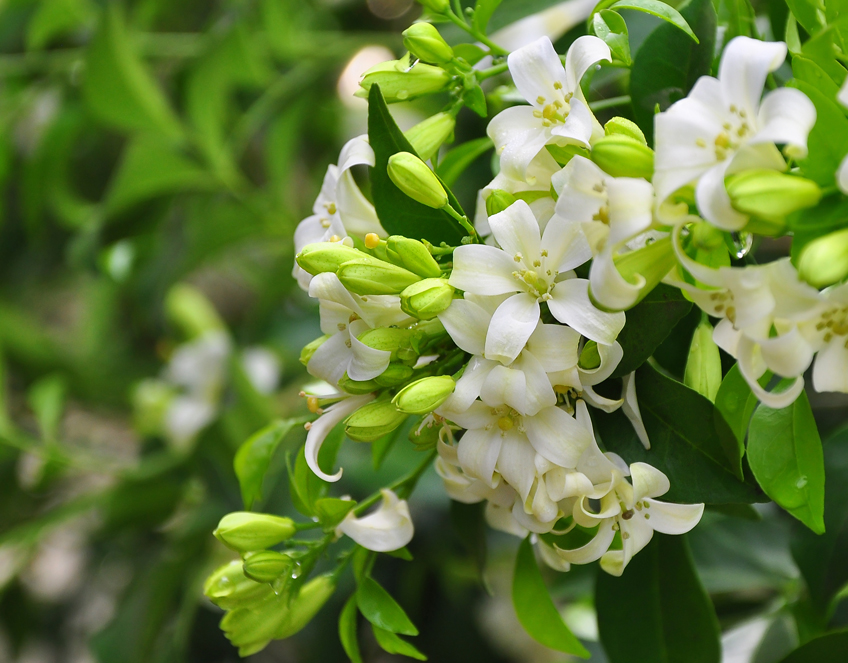
Photo - tea maeklong/Shutterstock.com
Inspired to get hedging? Choosing the right plant for your hedging plan is critical. Look for a height range and maintenance regime that suits your needs, as well as plants that will do well given the soil and position you can offer. Here are a handful of the hedging plants we think should be on your shortlist.
Orange jessamine
Murraya paniculata
ID: Glossy, green with fragrant blossoms all through the warmer months (as you would expect of a member of the citrus family. No wonder
it’s so popular!
Grow: Grows in the 1.5-3m range, and will grow into a small tree if left unpruned. Clip at the end of summer and in mid-spring. Works
best as a ‘hedgey’ backdrop to a garden or as a privacy screen against walkers-by. Likes sun and nutrient rich soil.
![]()
English box
Buxus sempervirens
ID: Nothing says ‘formal English garden’ more than kilometres of box hedges. It’s ubiquitous, but we love it anyway for its hardy nature,
and fine, deep-green leaves. Look out for the Korean variety, which has the best leaves.
Grow: Best for low hedges, intricate hedges, topiary, spirals, spheres and parterres. Clip every two months for the best results. Likes
sun. Can be troubled by virus and scale.
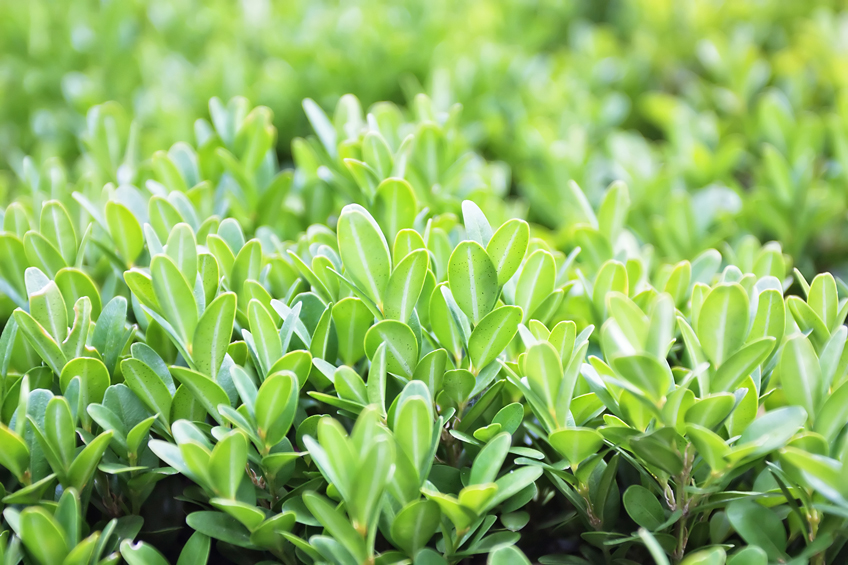
Photo - vbmark/Shutterstock.com
Coastal rosemary
Westringea fruticosa
ID: Silver, grey and blue tinged growth and blu flowers make this a firm favourite for coastal gardens. Look for ‘Zena’, ‘Smokey’ and
‘Jervis Gem’.
Grow: A great choice for spheres and balls, and westringia also makes a good 0.5 – 3m high hedge. Clip once a year in autumn.
If you miss a prune the centre of the plant is likely to get sticky and scrappy-looking. Rarely troubled by pest or disease. Likes sun.
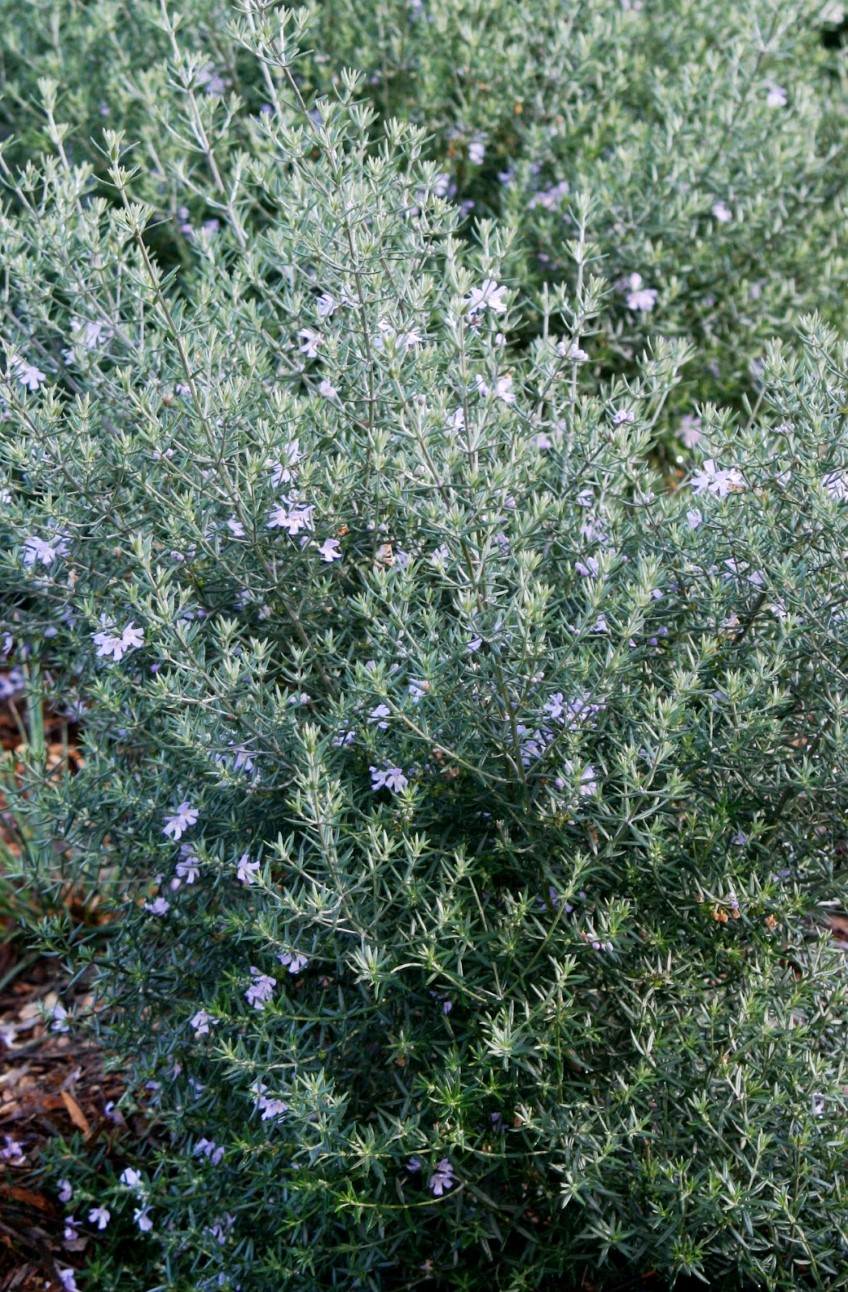
Photo - Shutterstock.com, no longer available
Emerald lustre viburnum
Viburnum odoratissimum ‘Emerald Lustre’
ID: The lime-green glossy leaves are larger than the rest of those on these pages, and much quicker growing too, reaching a height in
the 4-5m range.
Grow: This is the people’s choice for a fast thick hedge between neighbours. Will take sun or shade. Frost tender.
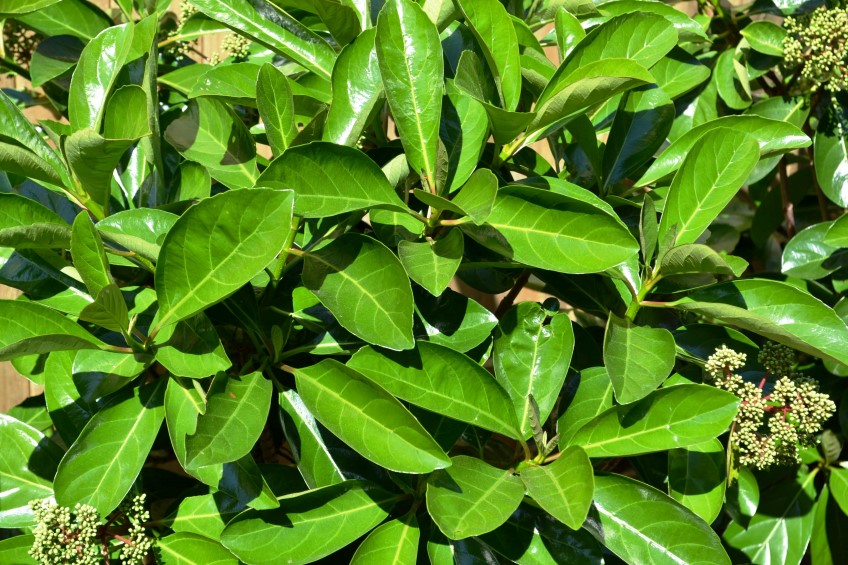
Photo - Shutterstock.com, no longer available
Indian hawthorn
Rhaphiolepsis indica
ID: there are a few different types and heights, all with leathery, deep-green leaves and cherry blossom-like flowers in spring.
Grow: These are hardy plants, resilient to dry weather and neglect. Avoid growing near bushland areas as birds can spread them. Best as
a tabletop hedge, or low hedge along a pathway. Likes sun or shade.
Photo - Casey K. Bishop/Shutterstock.com
Red robin
Photinia
ID: Loved for its striking red foliage in late winter, this shrub is a popular hedge choice for warm temperate gardens. Low-growing ‘Red
Robin’ will get to 1-2m high; taller-growing ‘Superhedge’ will reach the 3m mark.
Grow: Avoid using this in areas of bad drainage. Plants can be slow to establish and thicken – more pruning will encourage more growth.
Best as a thick privacy hedge to screen passersby and cars. Popular on acreage. Likes sun.
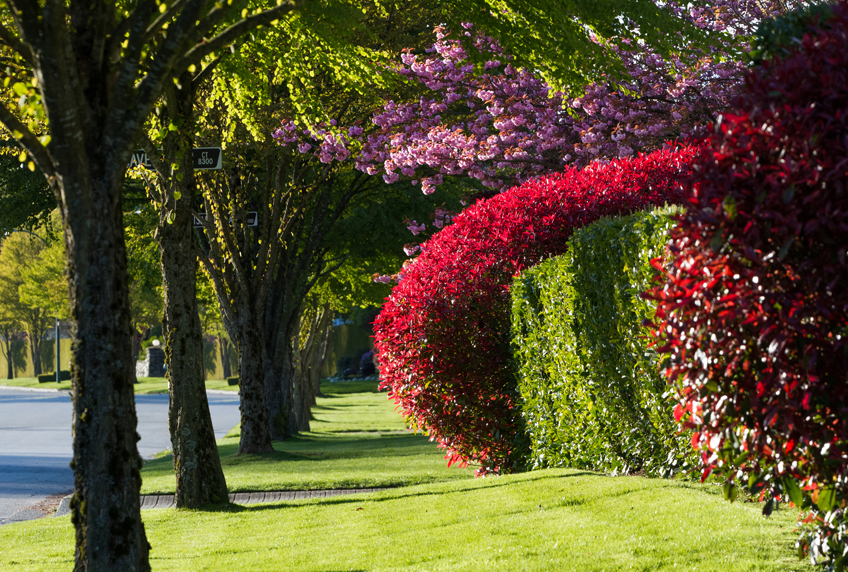
Photo - Feng Yu/Shutterstock.com
Eumundii Quandong
Eleocarpus eumundii
ID: Midsized, rainforest tree from the east coast of NSW/Qld. Glossy dense foliage makes for a handsome hedge, with the bonus of scented
cream flowers in summer.
Grow: Best as a tall privacy hedge to screen out a second-storey neighbour, along narrow side passages, or as windbreak. Will take shade.
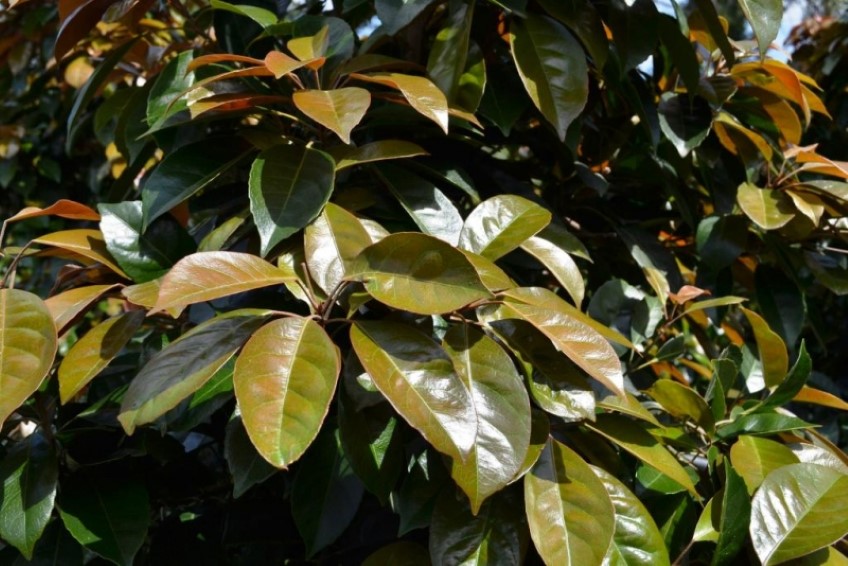
Photo - Shutterstock.com, no longer available
Text: Linda Ross